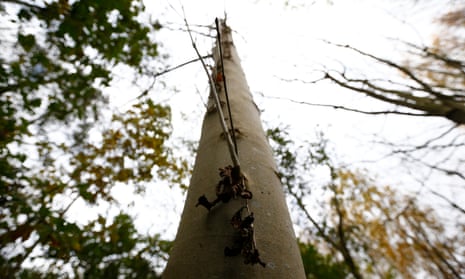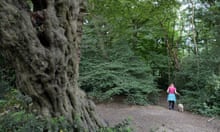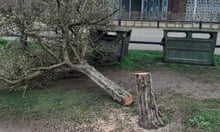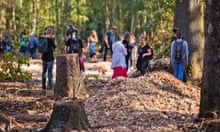As my family will happily tell you, I am a bit of a hypochondriac. At the first sign of any worrying symptom, I think the worst.
At least I have the self-awareness to know it, and to realise that it’s a tendency that extends to other aspects of my life too, like my gardening. So, when I first noticed one or two withered, blackened ash leaves in the hedge at the end of our garden, I told myself to look the other way.
That was a month or two ago; now it’s impossible to ignore what’s going on. The telltale signs of Chalara ash dieback, aka Hymenoscyphus fraxineus, are clear to see. Blackened leaves droop from just about every other branch and, here and there, the smooth, grey bark is stained and marked.
Turning to the Forestry Commission’s Tree Alert pages, the diagnosis was easy. I filled out a form and reported my finding. The first signs of dieback in the UK were found in 2012, in a Buckinghamshire nursery. Last autumn, the western edge of the disease’s spread had reached neighbouring Carmarthenshire, but now it’s definitely come to Pembrokeshire - and is here in our valley.
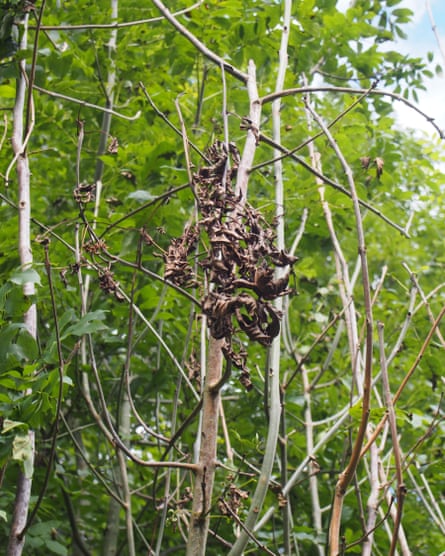
As a child I can remember hearing adults bemoaning the impact of Dutch elm disease, without understanding how trees could matter so much to them. Now, I think I do.
Dieback is expected to wipe out Britain’s ash trees, just as it has in Denmark. It is unstoppable and will transform the look of British landscapes because ash is one of our commonest trees. In the countryside it grows in woods and hedges, and it thrives in towns and cities, too. Dieback will kill young trees quickly, but mature ashes are expected to linger on. In the long term, there is a hope that a tiny few will have some resistance, and that they may offer the opportunity of an ash comeback. But even if this happens, it is a long way off.
In the meantime, ash trees will die, creating millions of gaps in woods and hedges across Britain. In woods, their passing will create opportunities for other species such as hazel and sycamore, but elsewhere gaps will not be filled without human help.
I can’t save our ash trees, but I can get ready for when those gaps appear. Inspired by the Tree Council’s Seed Gathering Season project, which runs from September 23 to October 23, I’m going to get growing, making a corner of my garden into a tree nursery. The Tree Council argues that the best tree to plant is one raised from seed collected as near as possible to where it is going to grow. So, I’m going to be collecting lots of acorns over the next few weeks. “Tree nursery” sounds a bit grand; it will actually be a couple of dozen mismatched old plant pots, but at least I’ll be doing something.
- Julian Rollins is an author and journalist who specialises in the environment, conservation and rural affairs.
